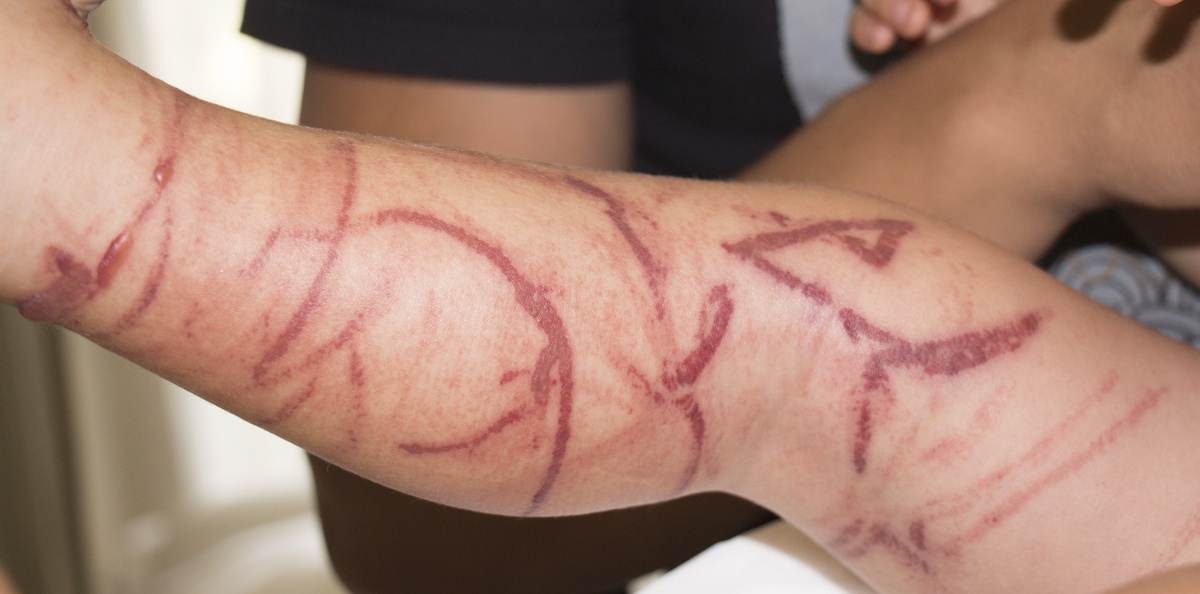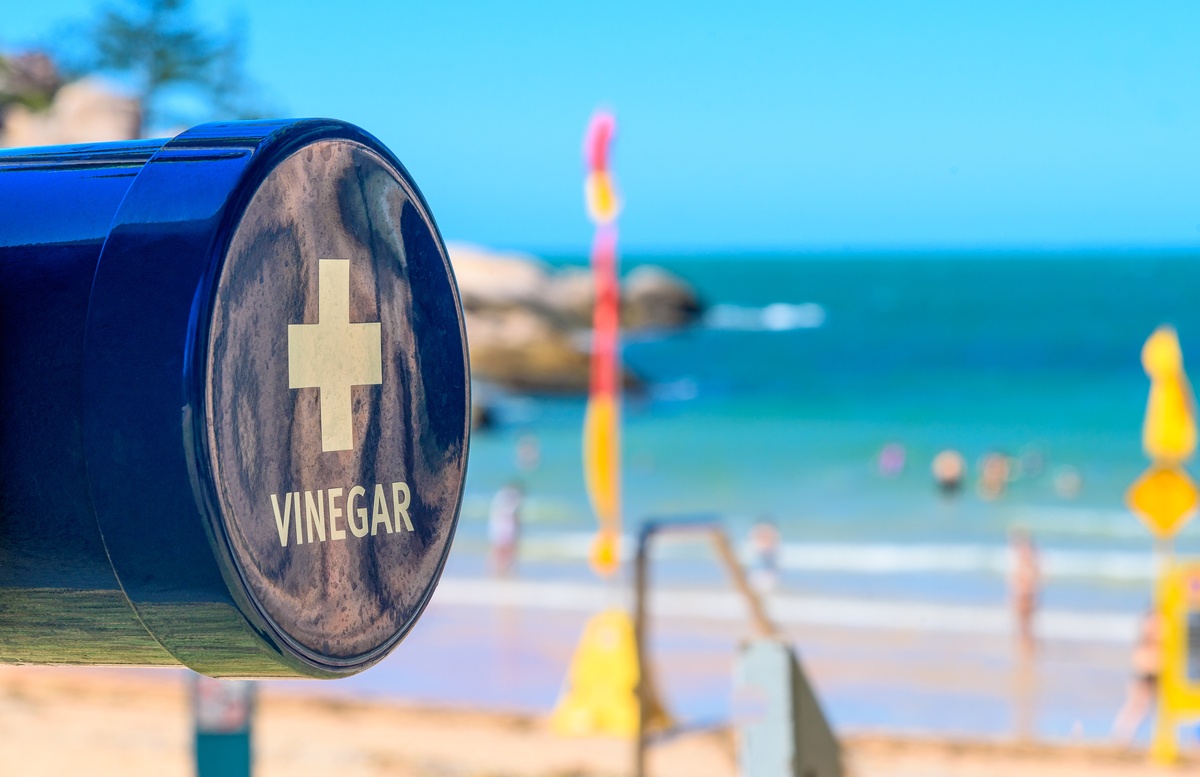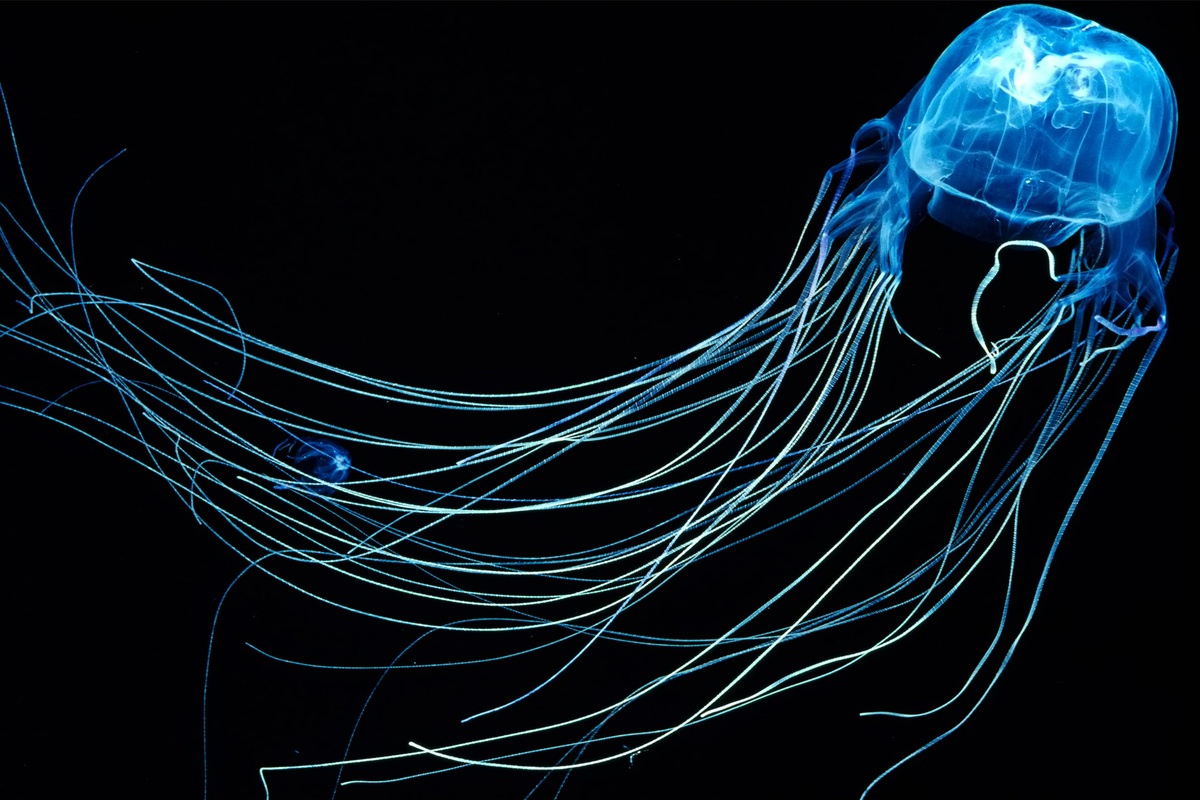The idyllic beaches of tropical Australia feature jaw-dropping beauty and are a huge drawcard for both domestic and international tourists. With pearly white sand and clear, warm water it’s easy to see why. So, for the uninitiated visitor, it’s bizarre to see these waters mostly free of swimmers between October and May. But it’s during these months that some underwater visitors are at their peak – stingers, or more specifically Box Jellyfish and Irukandji Jellyfish. While these stingers can be present year-round, extra vigilance is required between October and May.

Despite their deadly nature, both Box and Irukandji jellyfish are amazing animals. Having evolved over 700 million years, with 24 eyes and tentacles up to 3m long, the Box Jellyfish is often labeled the most lethal creature known to mankind. This is due to the sheer volume of venom it is capable of injecting at once, through the hundreds of thousands of injections it delivers its victims when stinging. Not to be outdone, the Irukandji tops the Box Jellyfish for its venom potency (around 100 times that of a cobra) and sure packs a punch for its meager size – usually its body is just a few centimeters long. Thankfully, the Irukandji has fewer tentacles than the Box Jellyfish and fewer nematocysts (stinging cells), so fatalities from this stinger are rare.
PREVENTION
Now, before you rush to cancel your next trip to the tropics, remember that prevention is better than a cure and being educated is essential. Just as snakes and spiders (and even the dreaded Australian Dropbear) should not stop you from heading into the bush, stingers shouldn’t keep you away from the tropics. Firstly, heed the warnings and avoid entering the water when signs advise this. Consider swimming at beaches with stinger nets in place, however, be aware that these nets are usually ineffective at keeping Irukandjis away due to their small size. Wearing a stinger suit (a light-weight, wetsuit-style garment) is also a good idea. And, as with any beach swimming, always swim at a patrolled beach, between the red and yellow flags.
FIRST AID TREATMENT

If someone is unfortunate enough to be stung, immediate first aid is required. Firstly, remove the patient from the water and seek medical assistance by calling 000 and notifying lifeguards (if present). Monitor the patient’s airway and breathing, and commence CPR if needed. Douse or spray the affected area with vinegar for at least 30 seconds. If vinegar is unavailable, carefully pick off any tentacles and rinse the sting with seawater. Continue to monitor the patient’s airway and breathing until medical help arrives. Prompt first aid treatment can be life saving, so if you haven’t recently attended a first aid training course, consider signing up and gaining the vital skills and knowledge.





